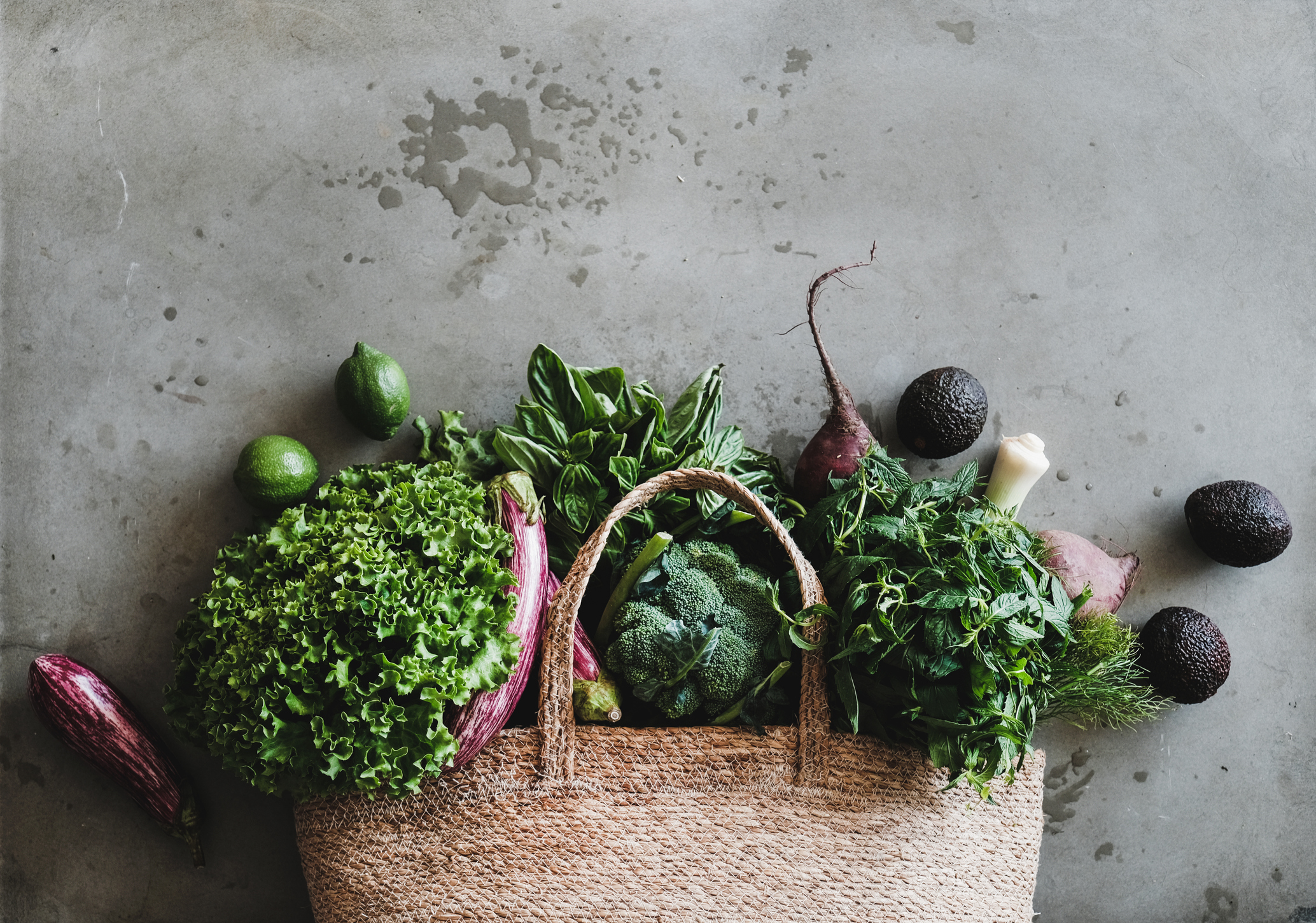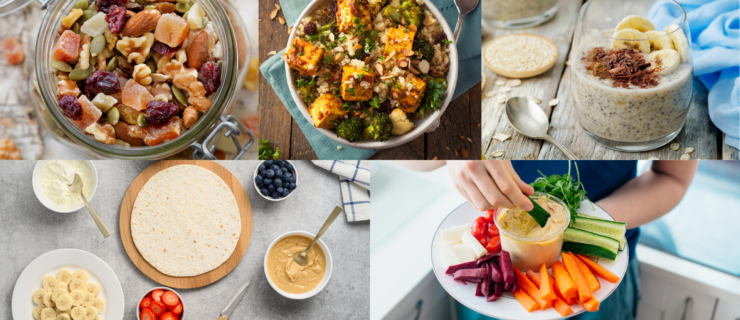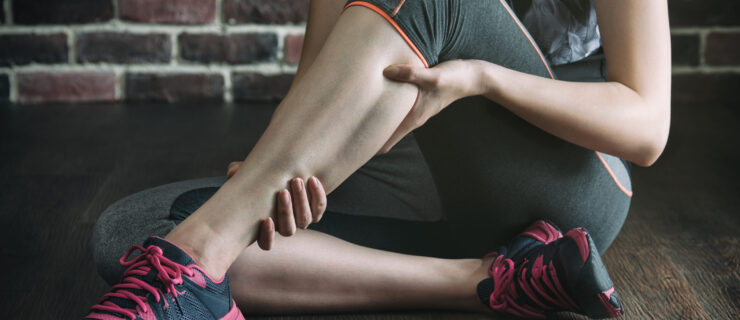Ask a Dance Dietitian: Is Eating Raw Foods Healthier?
Is a raw food diet healthy? I’ve been hearing a lot of great things about it, but worried that it won’t help me as a dancer. —Anonymous

Thank you for this great question. It comes at a perfect time—we often see dieting trends pick up in the summertime. A raw food diet emphasizes unprocessed, whole, and oftentimes plant-based foods while restricting foods that are processed and even prepared by traditional cooking methods like baking, frying, and grilling. In many aspects, a raw food diet parallels a “clean” eating lifestyle—prioritizing some foods while demonizing others.
“Clean” eating may sound enticing for dancers. Colorful produce and nutrient-dense ingredients offer a plethora of immune-boosting and performance-enhancing benefits. But when we dig deeper into the roots of these eating patterns, we uncover unsettling truths.
First, relying heavily on unprocessed and whole foods gets super-pricey! Also, a diet that is disproportionately high in raw foods can lead to you exceeding your daily recommendation of fiber. Sure, fiber has loads of benefits, like supporting digestion and sustaining energy, but too much can lead to stomach discomfort. Excessive fiber might also interfere with your ability to eat enough calories, not to mention limit your intake of other key nutrients.
Foods deemed “clean” are often characterized as minimally processed and, because of this, assumed to be healthier. There’s no question that whole, plant-based foods are chock-full of nourishing nutrients. Apples and bananas, for instance, are incredible energy boosters mid- performance and, when paired with other foods like nuts and seeds, make for a nutrient-dense and supportive snack. But convenience foods, including those recognized as highly processed, like chips, pretzels, and bars, can be easily digestible and energizing options for dancers navigating hectic schedules.
In conclusion, your instinct is on target. All types of food can fit into a dancer’s diet, including convenience foods (like that granola bar or pretzels on the run to rehearsal) and whole foods (like nutrient-dense fruits, vegetables, legumes, grains, meats, nuts, and seeds). But having adequate resources, specifically time and money, to keep up with a raw food or “clean” eating lifestyle is not realistic for most. And even if it is, these diets almost always emulate a calorie- and food- restricted meal plan, which can keep dancers from having the energy their bodies need to dance and recover.
Have a question? Send it to registered dietitian nutritionist Rachel Fine at [email protected]. She’ll be answering questions on Pointe+. Ask a Dance Dietitian responses are for informational purposes only and should not be a substitute for individual medical or mental health advice.







